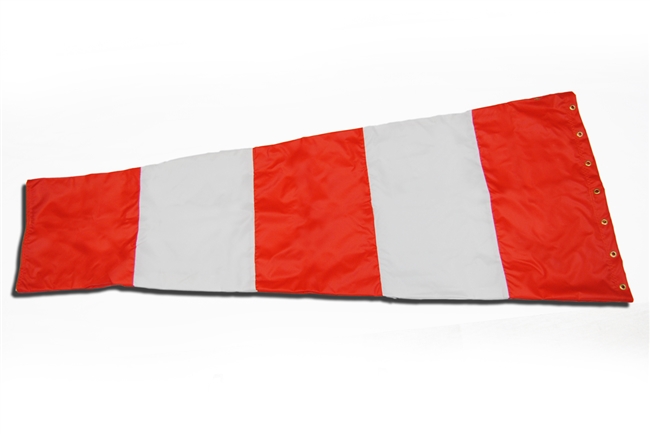
Confidence is generally regarded as a good thing—and like most good things, it’s possible to have too much. That applies particularly to aviation, where almost nothing changes in a linear manner. A 50-percent increase in density altitude doesn't usually mean a takeoff run that’s one-and-a-half times as long; depending on the baseline value, it could add 5 percent or make it impossible to get off the ground at all. In a slick airplane, crossing the numbers just 50 feet high and 15 knots too fast can double the amount of runway needed to get it down and stopped. Extrapolating too far beyond prior experience risks some very unpleasant surprises.
Naturally, some absorb this lesson more readily than others. Based on witness accounts, the only pilot who tried to depart from Angel Fire, N.M., on March 3, 2013, didn't lack for confidence, but it wasn’t entirely born of experience. His most recent insurance application suggests that he had accumulated about 500 hours of flight time, and while he’d flown into other airports in Colorado and Wyoming “on a previous flight,” he told several people that Angel Fire (elevation 8,380 feet msl) was the highest field he’d ever visited. His home base was in the northeastern corner of Texas, where terrain elevations run around 350 feet.
The altitude isn't the only challenging aspect of flying into Angel Fire. The airport lies in a mountain valley northeast of Taos, N.M.; the surrounding mountains rise above 11,000 feet in all four quadrants, with a peak of 13,161 feet at the ski basin north-northeast of the field. “Airport Remarks” in the airport/facility directory include both “strong gusty crosswinds possible” and “high density altitude probable.” A METAR recorded at 1:15 p.m. on March 3 reported a temperature of 47 degrees Fahrenheit and an altimeter setting of 29.93 inches of Hg, bringing the density altitude up to 9,549 feet.
If the warning of high density altitude was well founded, the caution about “strong gusty crosswinds” was borne out in spades. The same METAR recorded winds from 250 degrees at 33 knots with gusts to 47 knots, almost exactly perpendicular to the 17/35 orientation of Angel Fire’s single runway—and far above the demonstrated crosswind component of a 1966 Mooney M20E. When the pilot asked to have it pulled out of the hangar, the lineman was incredulous, asking, “You’re really going to fly in this weather?” The pilot agreed that the winds were strong but assured him that he “really did not think it would be a problem.” Later, the lineman recalled that he “seemed confident to fly … not arrogant, just confident.” The pilot preflighted the airplane before loading it with six bags of gear and three passengers: his girlfriend, his sister, and his 13-year-old niece.
The lineman was one of several witnesses who saw the Mooney lift off from Runway 17, which slopes 0.6 percent uphill, and immediately crab a good 40 degrees into the wind. It climbed to perhaps 75 to 100 feet agl but was unable to gain any more altitude. Instead, its flight path became increasingly erratic until it pitched up abruptly, banked sharply to the left, and dove straight into the ground. Autopsy results suggested that all four were killed instantly by the impact rather than the explosion and fire that destroyed the aircraft afterward.
The density altitude would have tested the performance of a normally aspirated 200-horsepower IO-360 at the best of times, but investigators also concluded that even with half fuel, the Mooney was no more than 80 pounds below its rated maximum gross weight—and its center of gravity was slightly aft of limits, making it inherently unstable in pitch. Satellite images captured around the time of the accident “recorded a large amount of standing lenticular cloud near all of the mountainous terrain around the accident site ... [which] indicated the presence of a mountain wave environment,” and a Weather Research and Forecasting model run for the investigation “indicated that the accident site at the accident time was located within a turbulent mountain wave environment, with low-level wind shear, updrafts and downdrafts, downslope winds, and an environment conducive for rotors.” The FBO had “posters and literature warning pilots about crosswinds, mountainous terrain, weight and balance, take off performance, density altitude, and runway 17's upgrade.” The pilot never called for a weather briefing.
We’re amused when nonaviators think of us as daredevils for being willing to leave the ground in “those little airplanes.” Some of us might even enjoy cultivating that impression. But when others, including family or friends, entrust their lives to our expertise, we assume a grave obligation to place their safety above all other concerns. Confidence may reassure nervous passengers, but it’s worth bearing in mind that most have no way of knowing whether their pilot has or lacks the experience to realistically assess the hazards of flight.
This article was originally published at www.aopa.org and is re-posted here with permission.